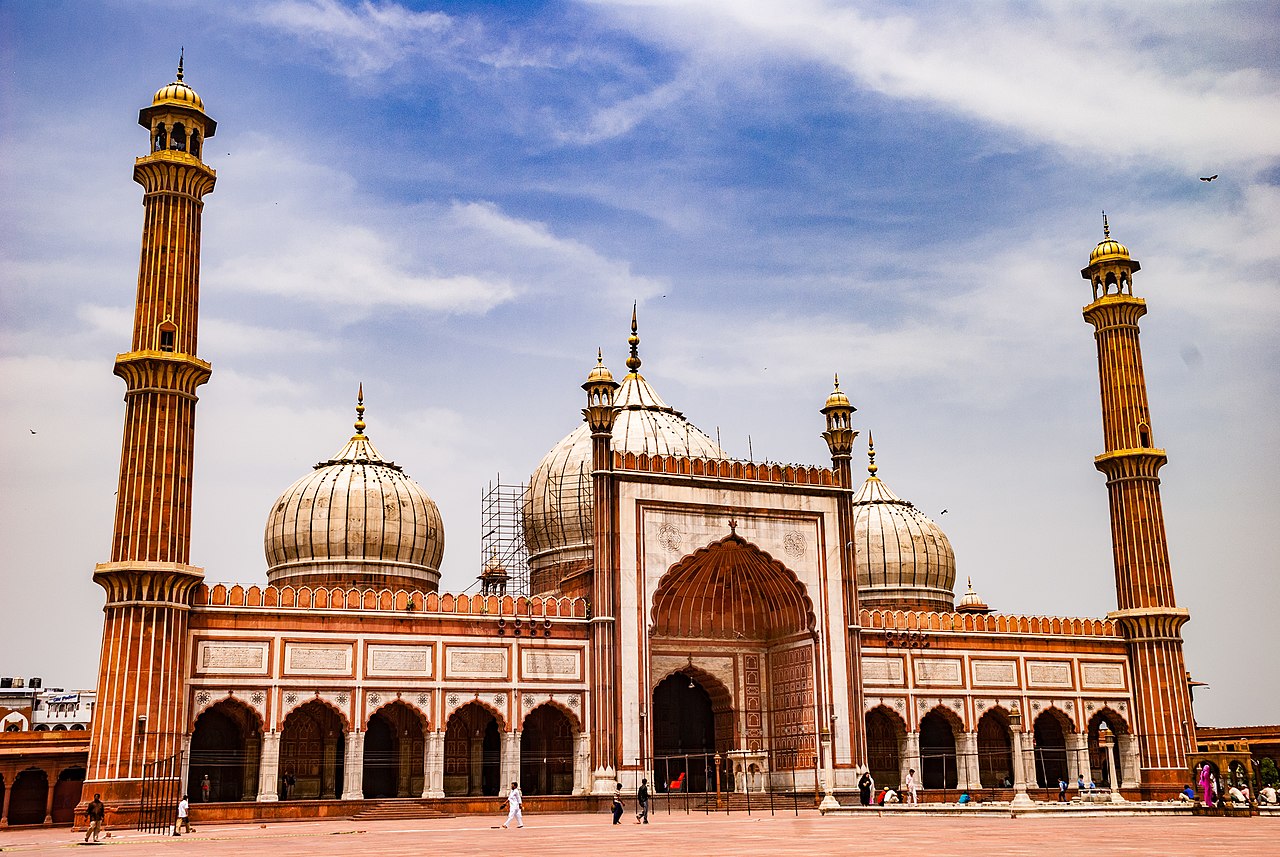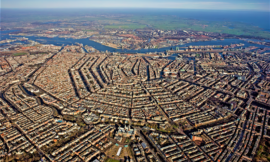Delhi, the sprawling metropolis that serves as the capital of India, is a city of contrasts, where ancient history seamlessly merges with the vibrant energy of modern life. Spread along the banks of the Yamuna River, Delhi is a melting pot of cultures, traditions, and a testament to the country’s rich heritage.
One of the oldest cities in the world, Delhi has a history that dates back thousands of years. The city has been the seat of power for several empires, including the Mauryas, Guptas, Mughals, and the British. Each ruling dynasty has left its mark on the cityscape, resulting in a unique blend of architectural styles that tell the tale of India’s past.
The historic heart of Delhi is the Old City, where narrow, winding lanes lead to hidden gems like the Red Fort, a UNESCO World Heritage site and an emblem of Mughal grandeur. Built by Emperor Shah Jahan in the 17th century, the Red Fort is an architectural marvel with its intricate carvings, domes, and sprawling gardens. Another iconic structure, the Jama Masjid, stands as one of the largest mosques in India, offering breathtaking views of the city from its towering minarets.
Adjacent to the Old City is New Delhi, a modern counterpart that serves as the political and administrative center of the country. Laid out by the British architect Edwin Lutyens during the colonial era, New Delhi boasts wide avenues, government buildings, and the impressive India Gate, a war memorial honoring soldiers who sacrificed their lives during World War I.
Delhi’s rich cultural tapestry is woven not only through its historical sites but also in its vibrant markets and neighborhoods. Chandni Chowk, a bustling market in Old Delhi, is a sensory explosion where the aroma of spices mingles with the vibrant colors of textiles and the cacophony of street vendors. Here, one can savor traditional Indian street food, from spicy chaat to succulent kebabs, providing a culinary journey through the city’s diverse flavors.
The city’s cultural scene is further enriched by its numerous museums and galleries. The National Museum, the National Gallery of Modern Art, and the Crafts Museum showcase India’s artistic evolution, from ancient artifacts to contemporary masterpieces. Delhi also hosts various cultural festivals throughout the year, celebrating music, dance, and literature, bringing together artists and enthusiasts from across the country and the world.
Delhi’s dynamic spirit extends beyond its historical and cultural facets. As a major economic hub, the city is a thriving center for commerce, technology, and education. With a rapidly growing population, Delhi faces the challenges of urbanization, reflected in its bustling markets, traffic-choked streets, and a juxtaposition of wealth and poverty.
Despite its challenges, Delhi remains a city of resilience and innovation. The indomitable spirit of its people, the kaleidoscope of its cultures, and the juxtaposition of old and new make Delhi a city that captivates and challenges, leaving an indelible mark on those who experience its unique blend of history and modernity.



